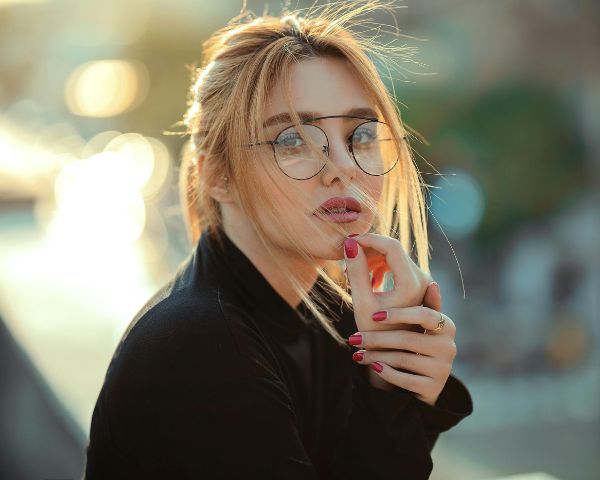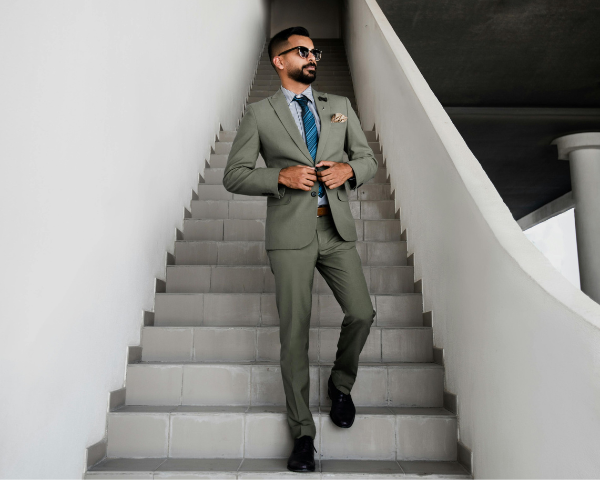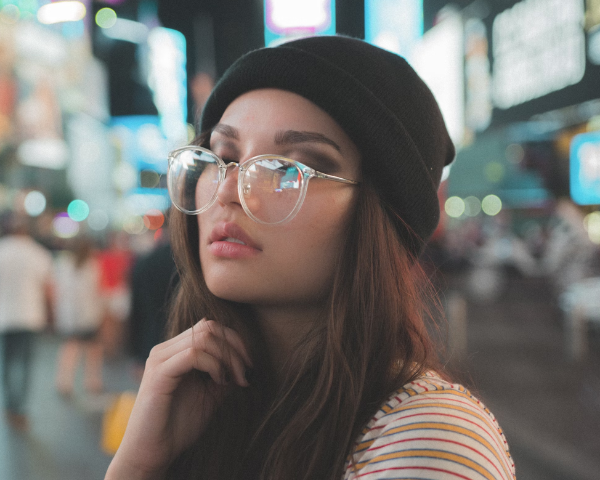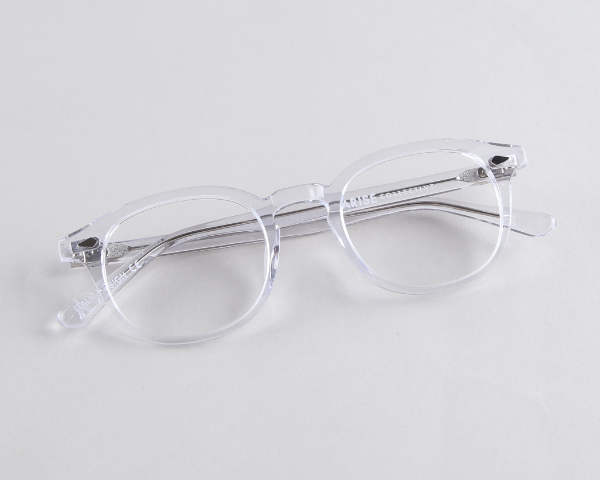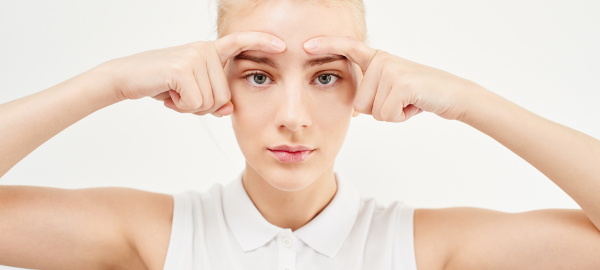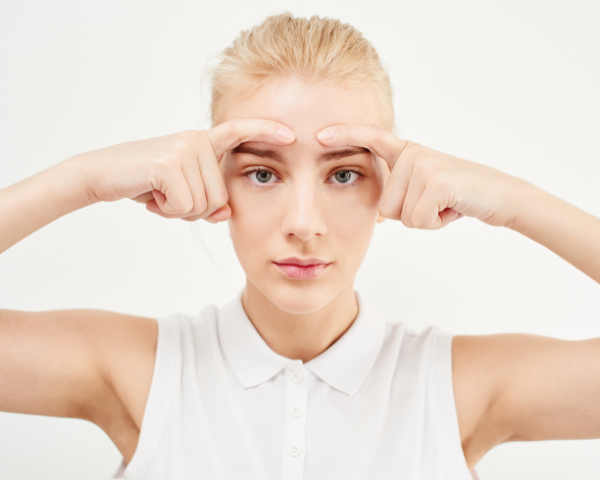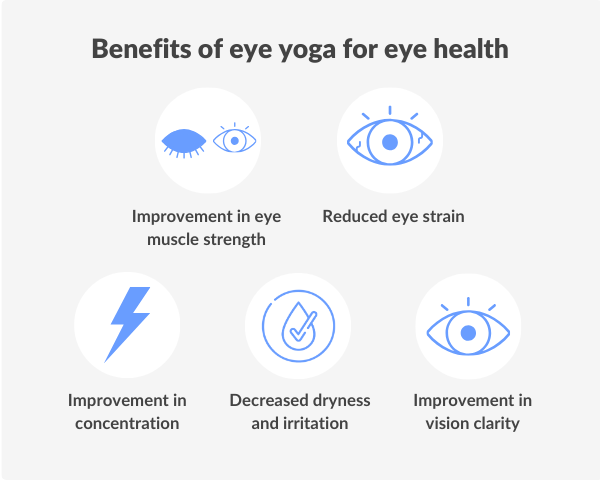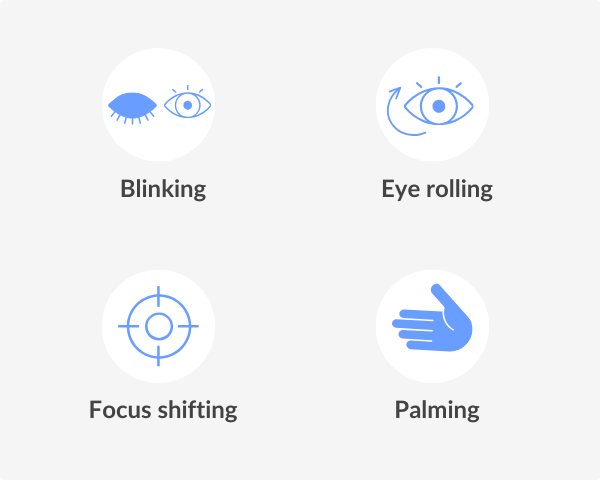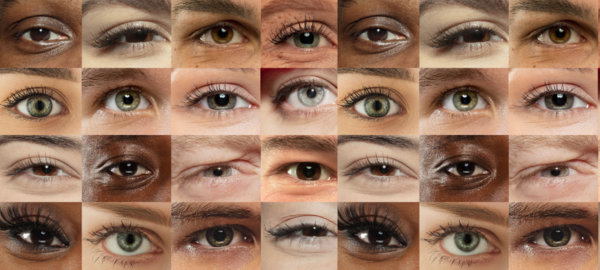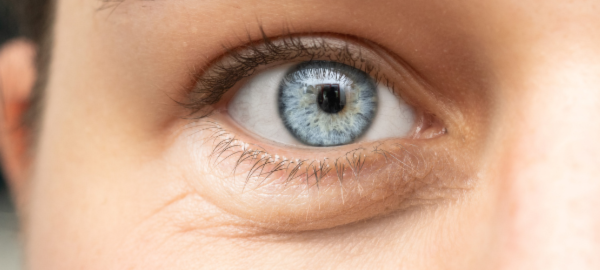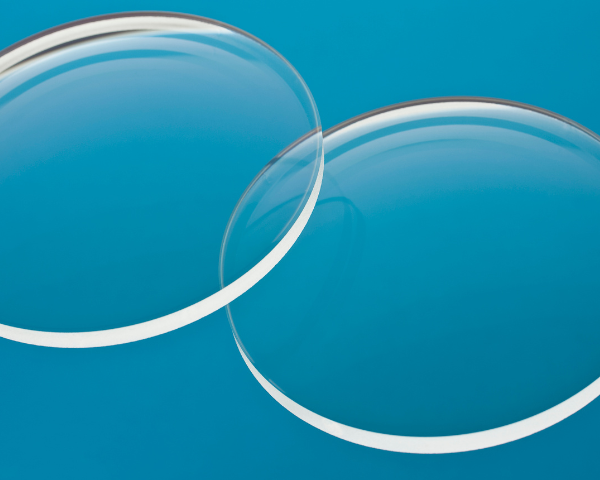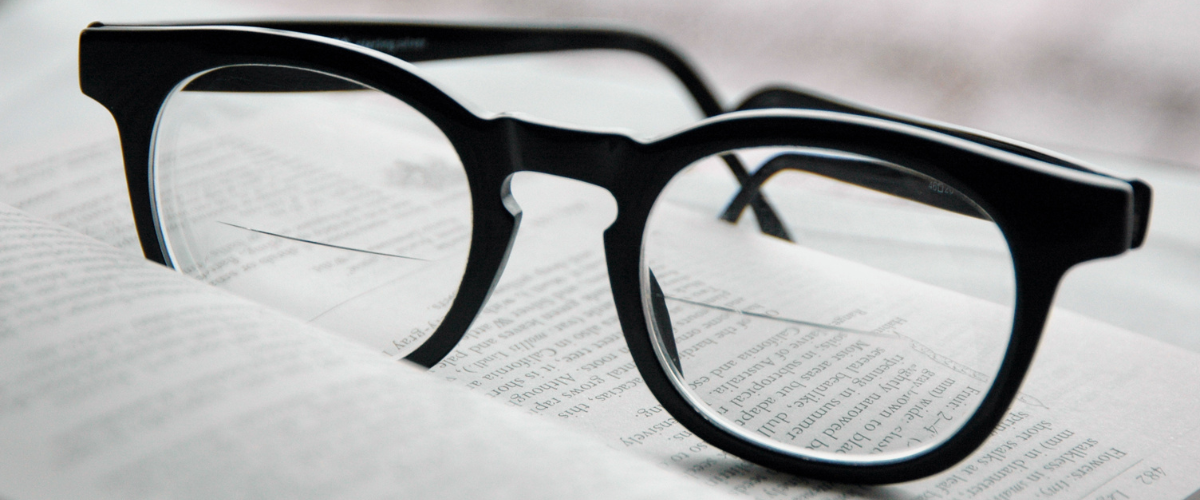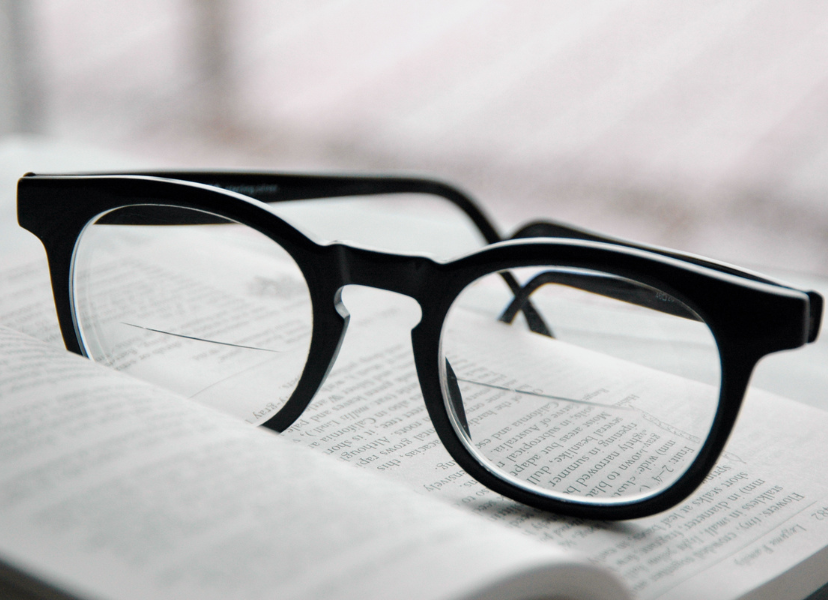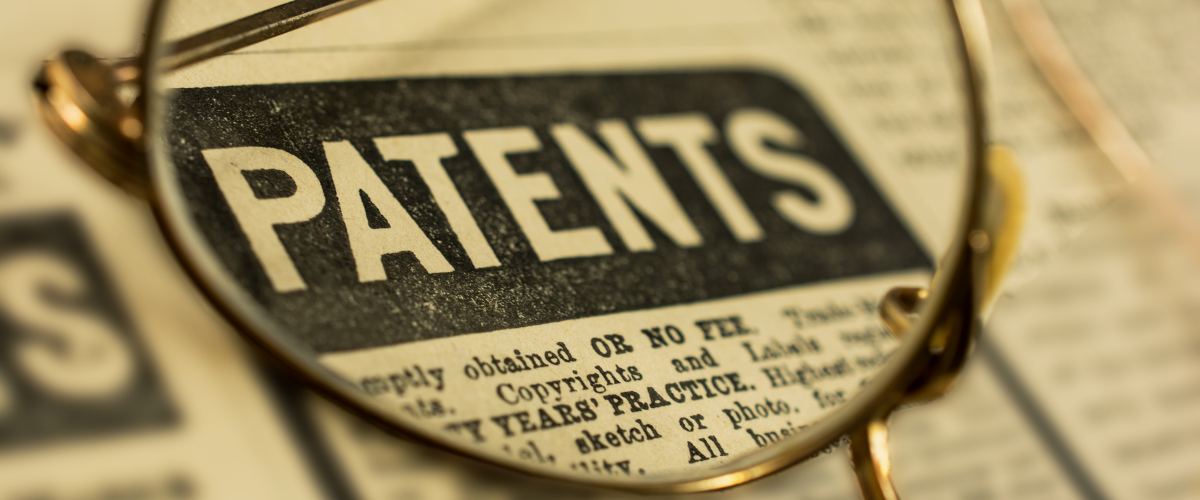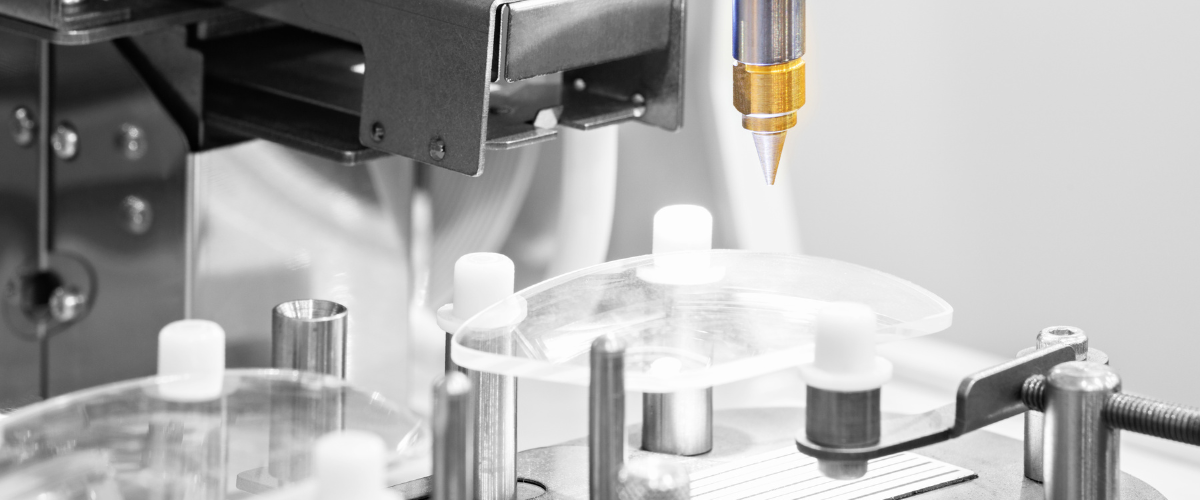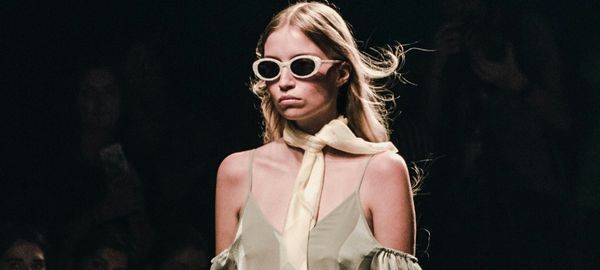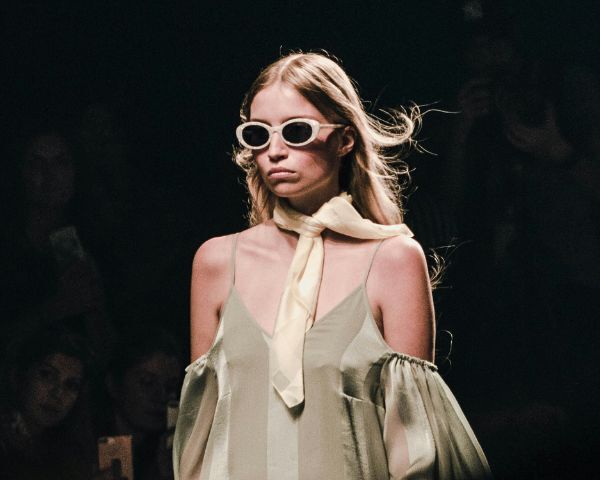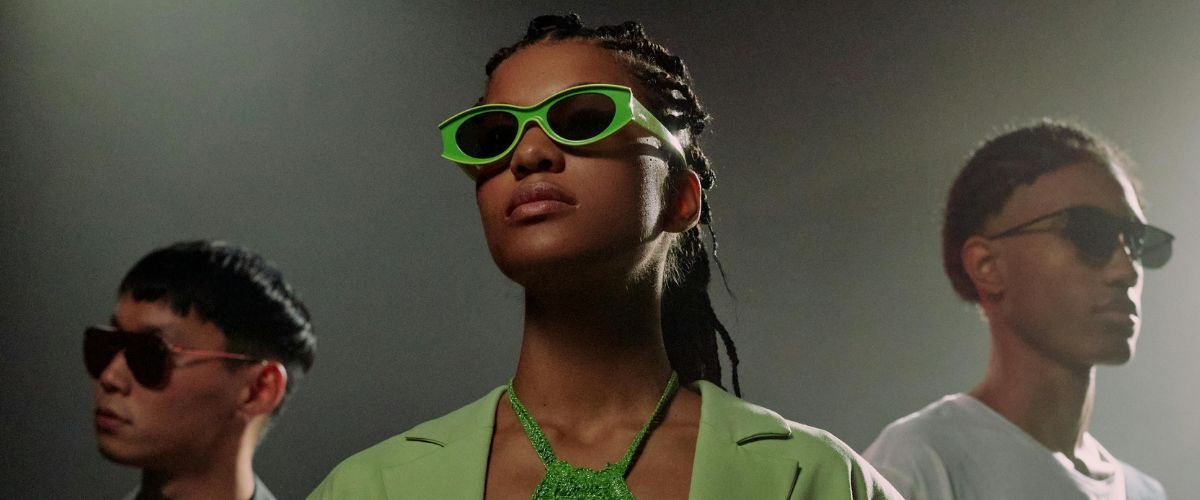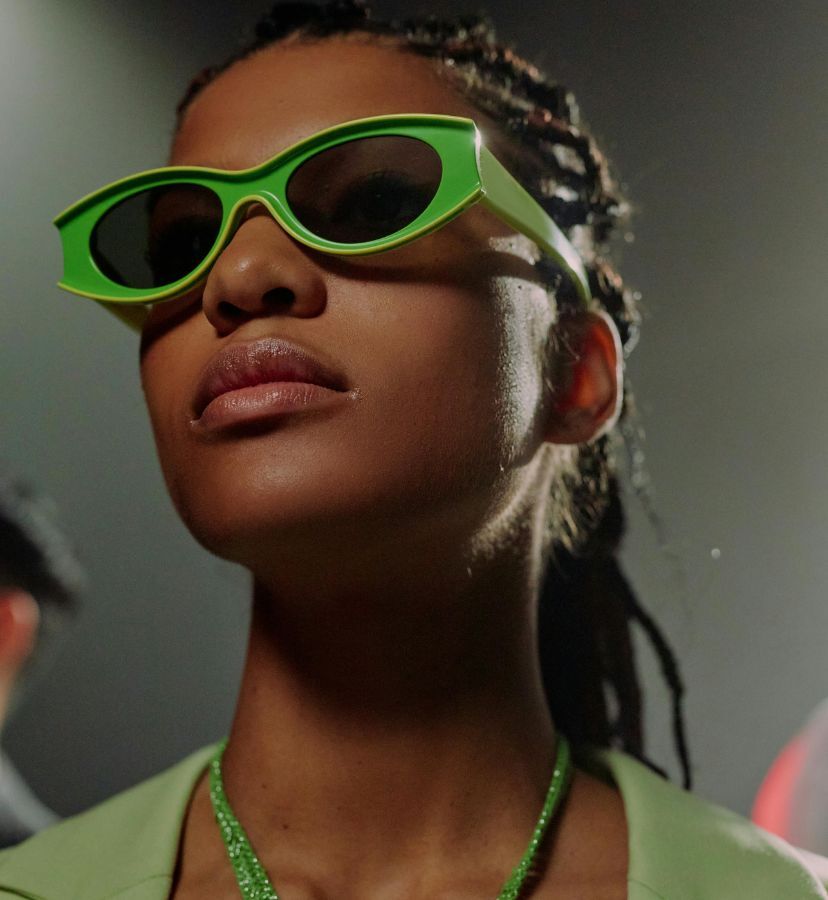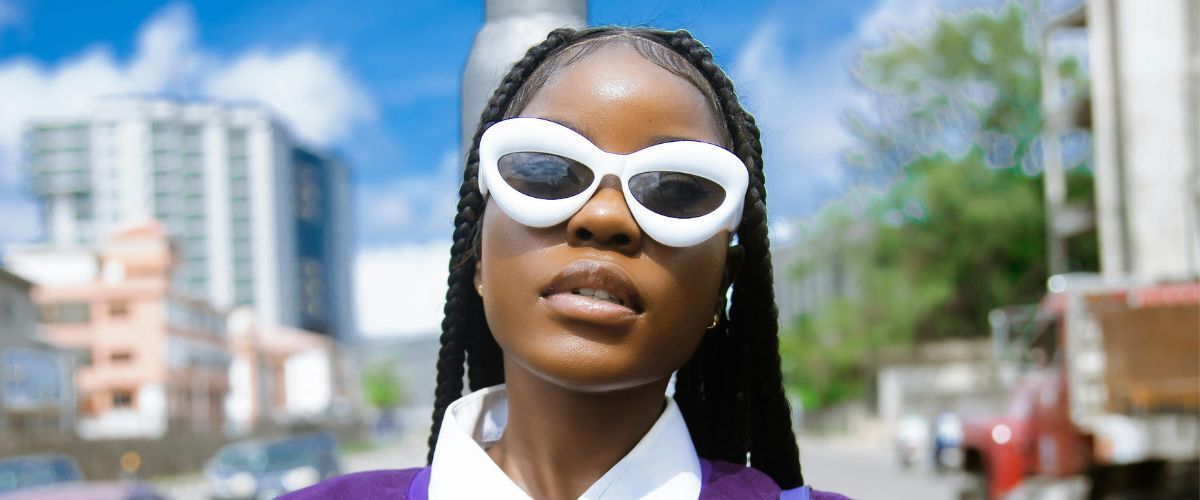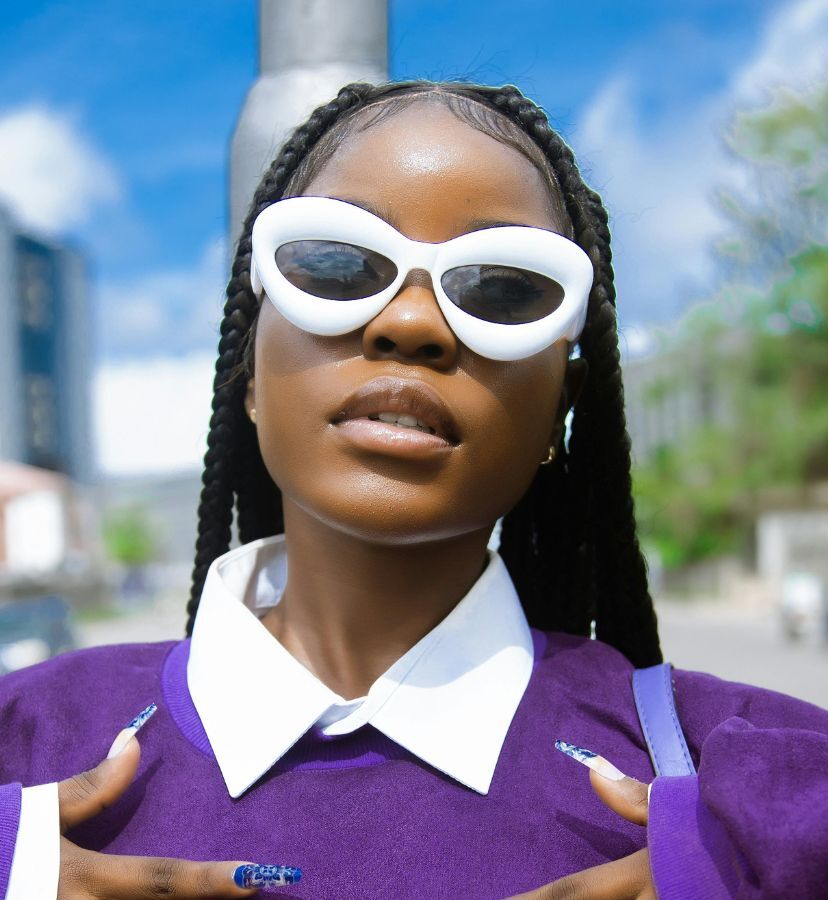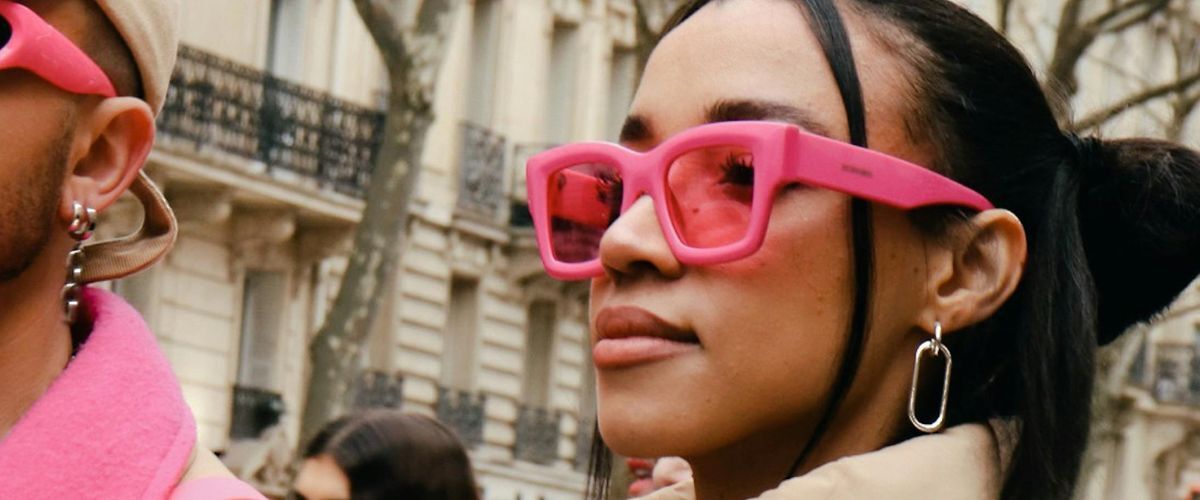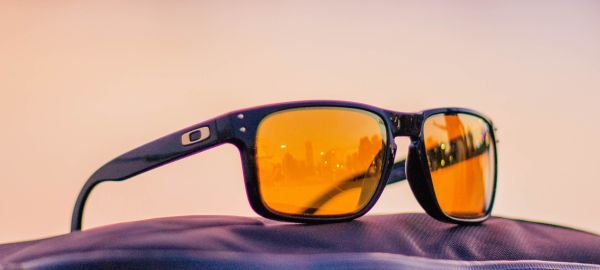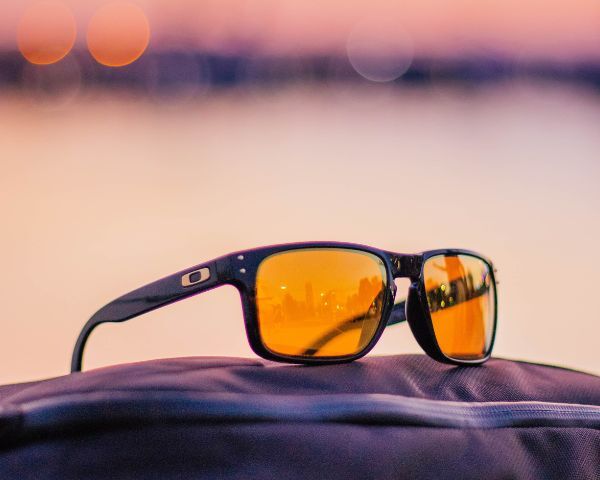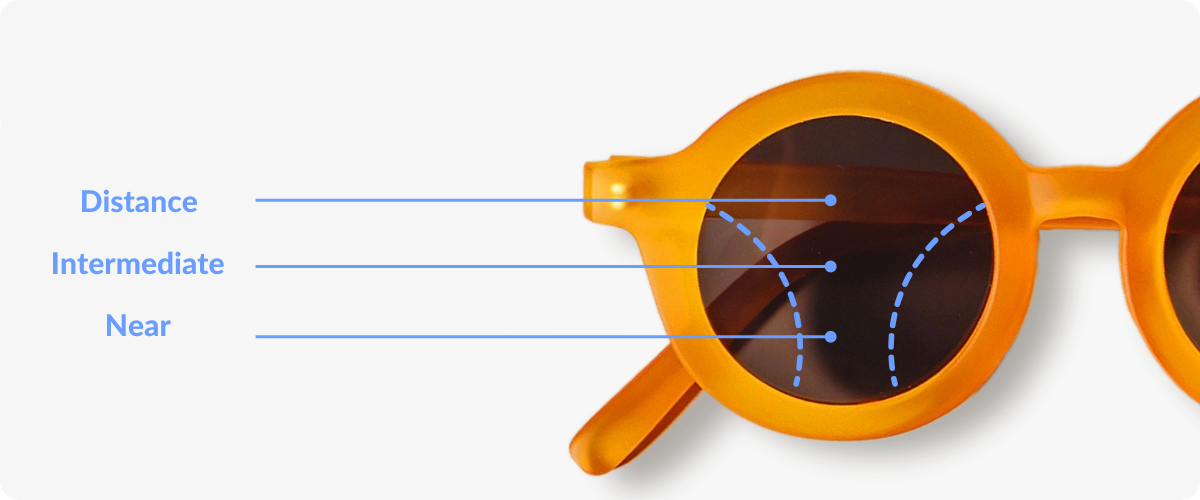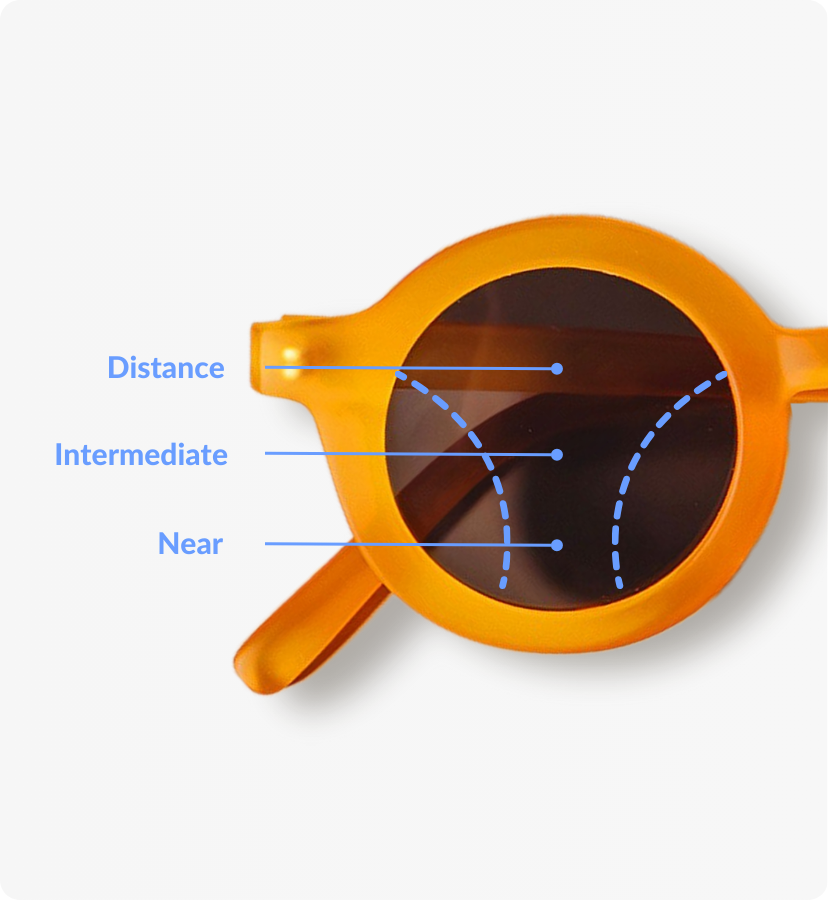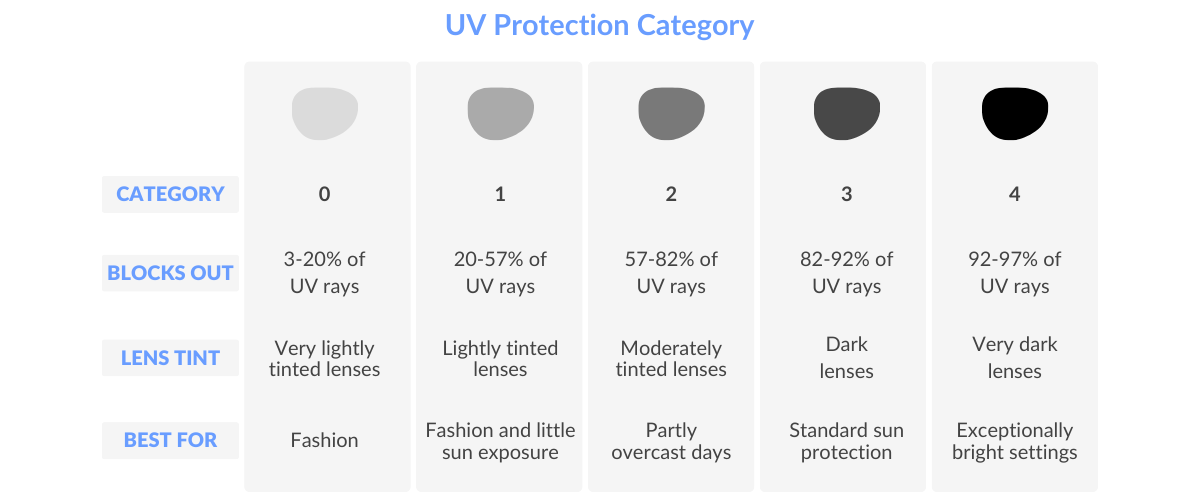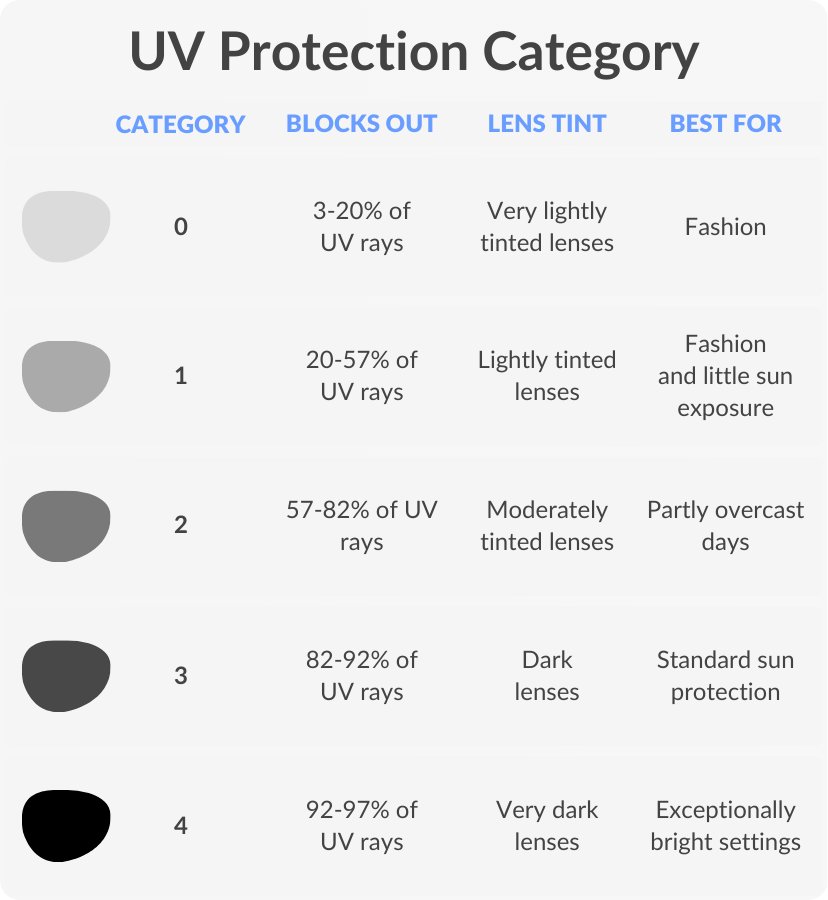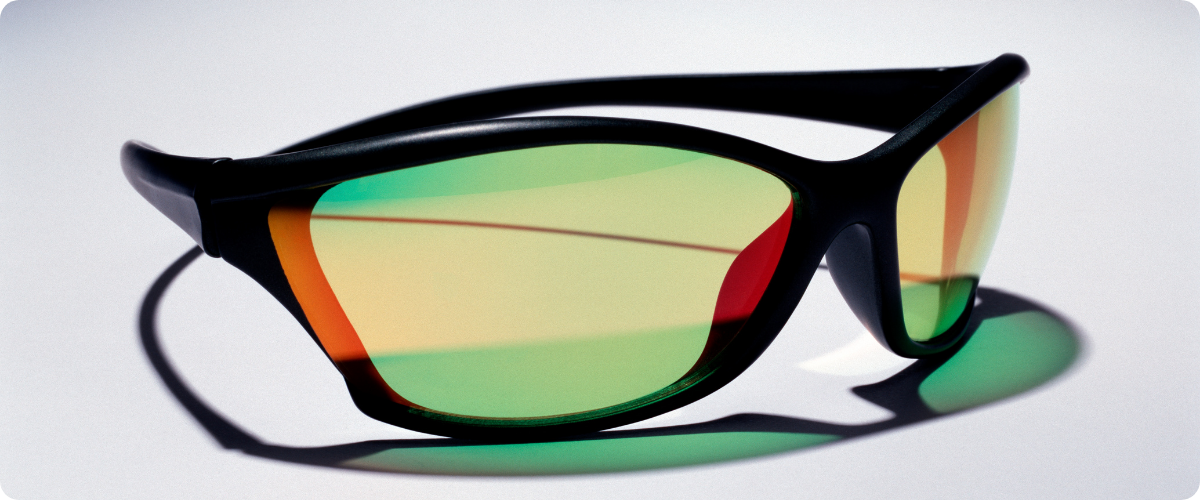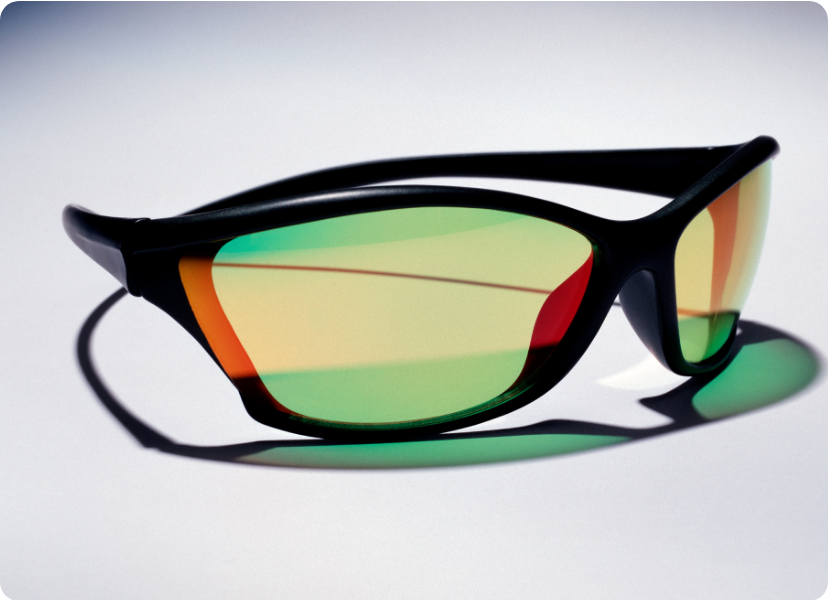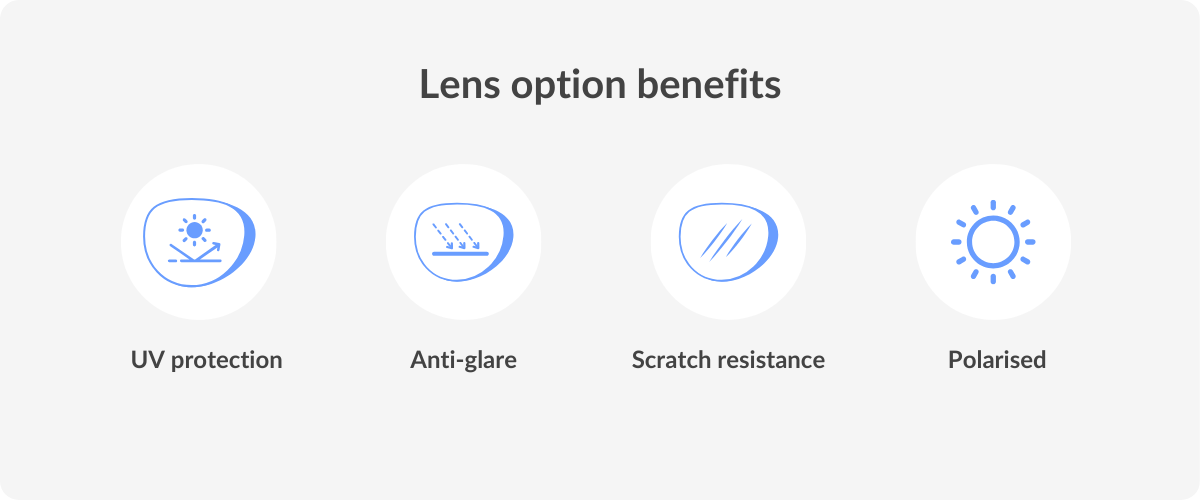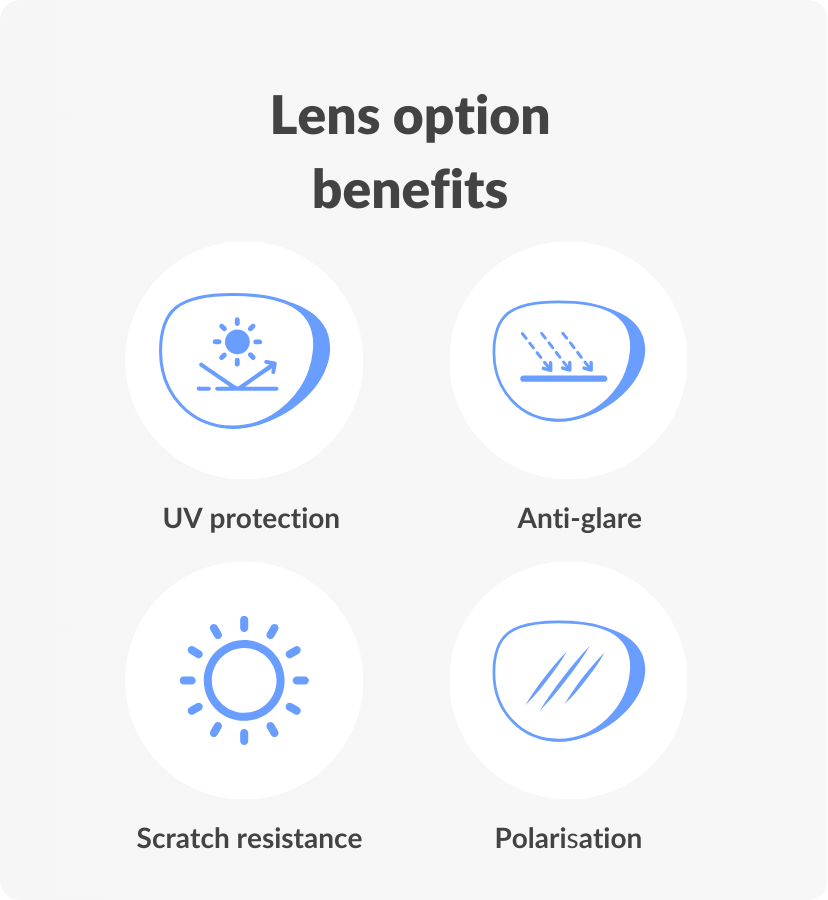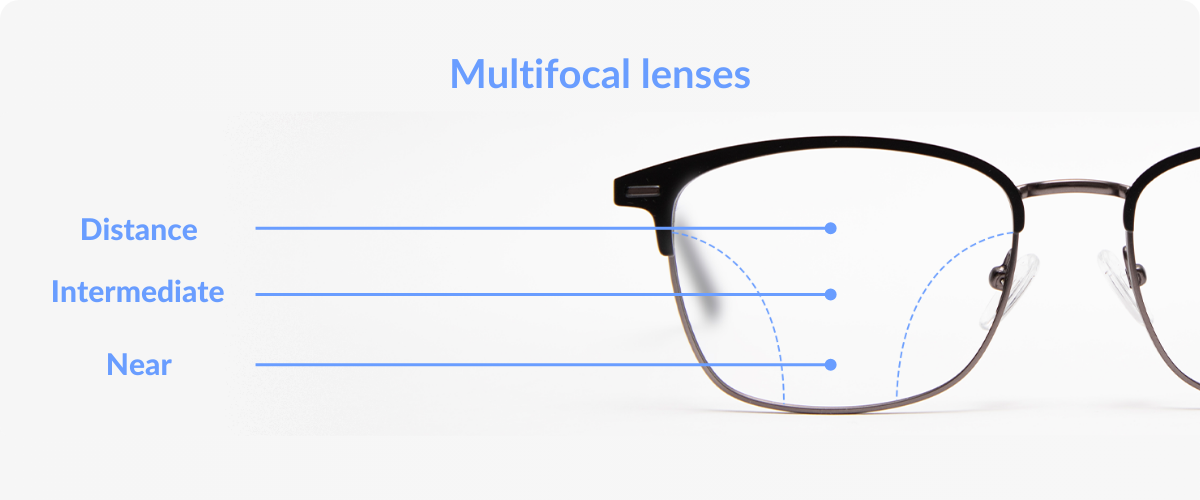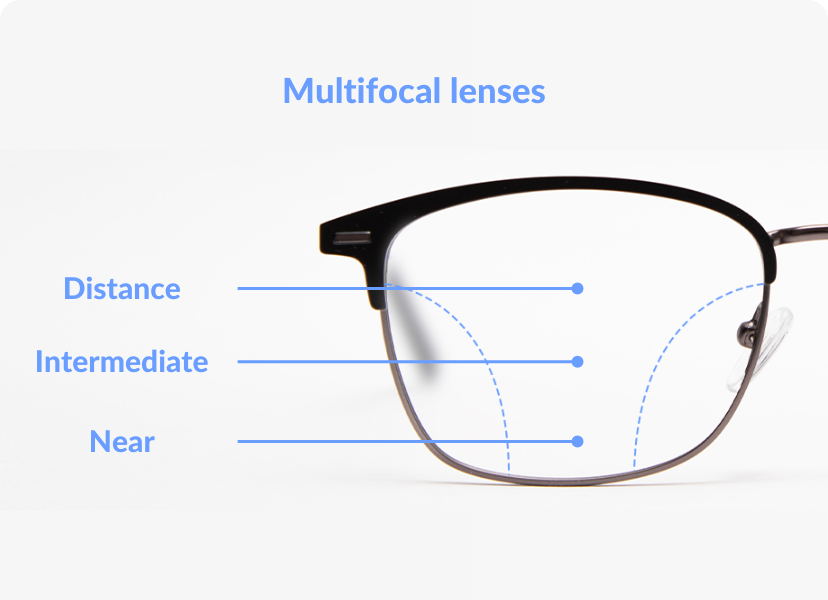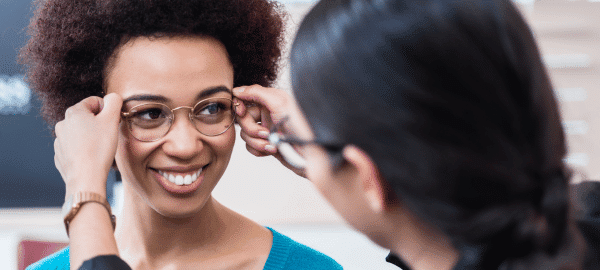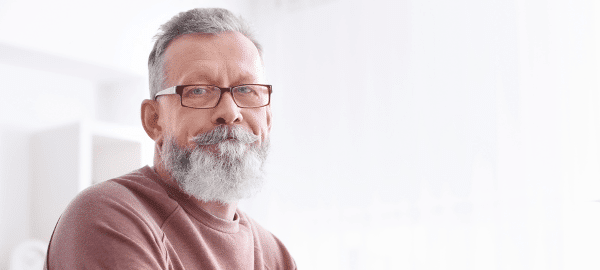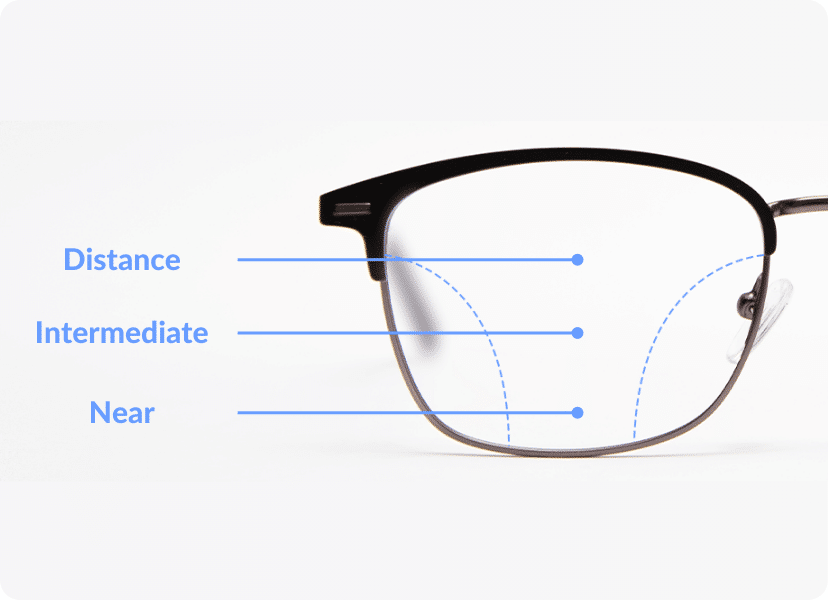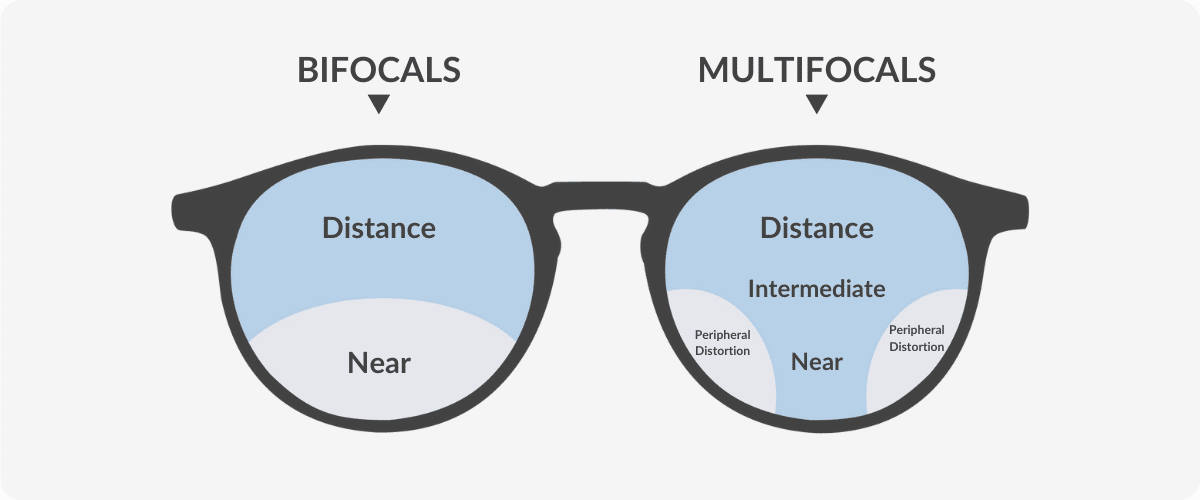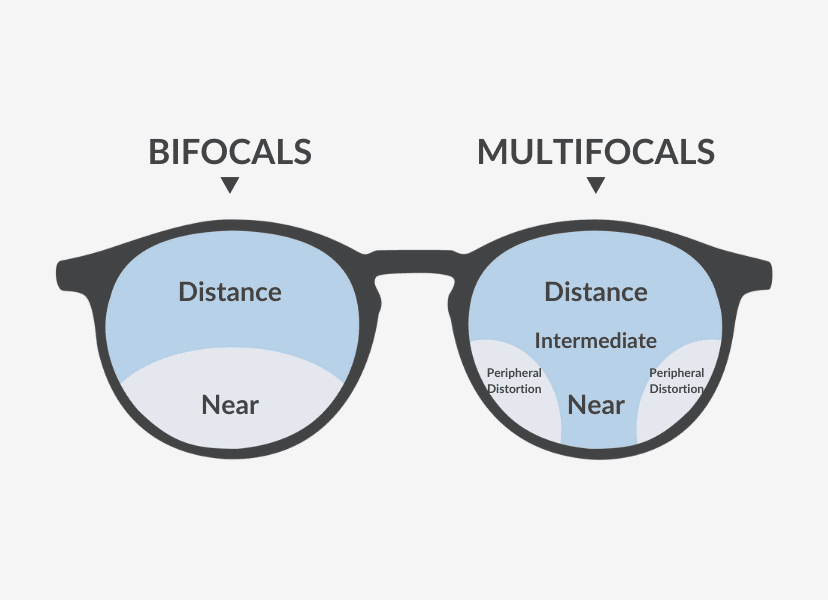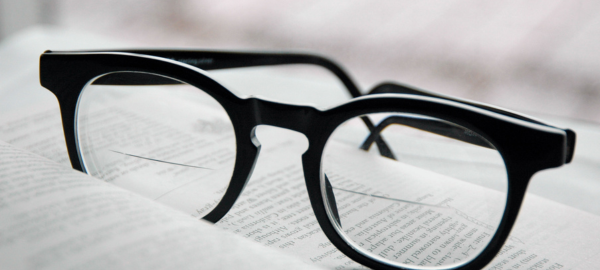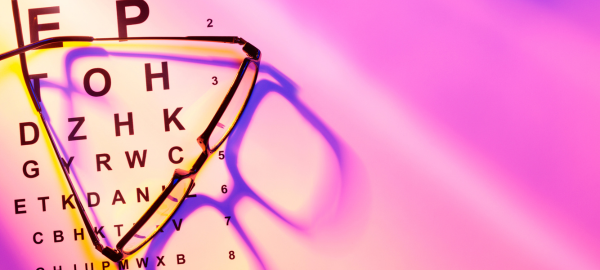Ask our optical dispenser
Your request was successfully submitted!
Improving Digital Wellness with Blue Light-Blocking Multifocal Lenses

Reviewed by
Maria Horan
Disclaimer: Although many wearers of blue light glasses report positive effects, scientific studies are yet to show findings that correspond to these claims.
The first thing that pops into your head if someone mentions “looking after yourself” is probably eating well, exercising or maintaining a healthy social life.
These are all important, of course, but nowadays, looking after yourself goes beyond these traditional pillars.
With technology and screen time dominating our waking hours, digital wellness is a topic that comes up more and more, and having the right eyewear can help keep yours in check.
What are blue light-blocking multifocal lenses?
These multifocal glasses have a blue light-blocking coating and three different prescriptions within them for your near, intermediate and distance vision.
The three prescriptions allow you to see at each of these distances without having to change your glasses, while the coating protects your eyes from blue light emitted from screens.
Screens, as well as the sun, are a source of blue light. This light isn’t bad for us in small doses, but in this day and age, we rely on screens so heavily that the amount of exposure to blue light is no longer ideal.
If you spend a lot of time in front of a computer screen or your phone, for example, then having one pair of glasses that can switch between distances and simultaneously protects your eyes will be beneficial – for your vision and the convenience.
Extended exposure can cause eye strain, discomfort and various other issues. However, it’s possible to add a blue light filter to any pair of glasses, including your multifocals.

DID YOU KNOW?
Blue light can also be good for us and our brains so we shouldn’t fully block it out. The right amount can improve memory, cognition and elevate your mood, especially for those who live in countries with shorter winter days or long periods without daylight.
Why should I add this lens coating to my multifocals?
Having blue light progressive lenses is suitable for anyone who spends time in front of a screen or outdoors in the sun.
You can wear these when you’re doing computer work, scrolling through your phone, or watching television.
Adding this lens coating to your prescription glasses poses no adverse effects to your vision.
So, you can leave them on all day to complete your daily tasks, even when you’re not in front of a screen.
Apart from preventing eye strain, there are other benefits regarding wellness that blue light lenses provide.
Relieve digital eye strain
Multifocal glasses with blue light-filtering may relieve digital eye strain which will help you to feel better in more ways than one.
Digital eye strain can cause headaches, neck, back and shoulder pain and dry eyes.
Not only does relieving eye strain minimise these symptoms, but it can result in better concentration too.
Better sleep and mental health
Blue light has a major impact on our circadian rhythm.
Circadian rhythms are 24 hour internal clocks within our bodies that help us to function. The circadian rhythm affected by blue light is the sleep-wake cycle.
Exposure to too much of this light can interrupt the sleep-wake cycle, as it signals to your body to be awake and alert.
Just like darkness signals relaxation and sleep. Too much may suppress the melatonin which will keep you up at night.
Poor sleep hygiene will not only leave you feeling tired and sluggish, but it can contribute to depression and anxiety and affects your hormone regulation.
Due to work, social media, your favourite Netflix series, etc. it can be difficult to minimise your screen time.
But by adding a blue light- filter to your lenses, you may be able to reduce the amount of blue light that your eyes take in which could improve your sleep.
Improving your sleep pattern will not only have you ready to take on the day, but the regulation of your hormones could help your mental health too.
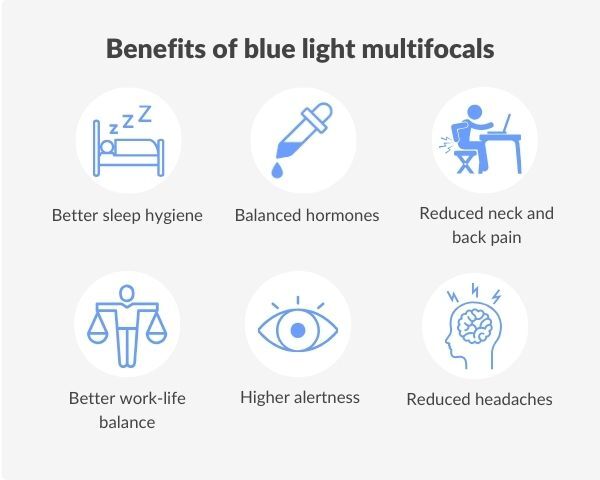
Higher productivity
Another benefit to sorting out your sleep-wake cycle by reducing the effects of blue light is higher alertness and productivity.
This can do wonders for many reasons.
Not only will you perform better at work as you’re able to concentrate (with less eye strain, might we add) but having better productivity at work can positively impact your self-esteem, confidence and your work-life balance.
Improving your digital wellness with a pair of blue light lenses can benefit your physical, mental and emotional well-being.
Extra tips for improving digital wellness
Apart from multifocal lenses with blue light-filtering, here are some extra steps you can take to provide visual comfort, mental clarity and better physical health, when being exposed to screens!
- 20-20-20 rule – every 20 minutes, take a 20-second break from your screen and focus on something 20 feet away.
- Avoid screen time 1-2 hours before bed to wind down.
- Regular trips to the eye doctor to keep your progressive prescription up to date so you’re always able to see clearly at each distance. This should generally be every 2 years, but can vary depending on your age and eye health history.
- Use eye drops if you’re experiencing dry eyes from staring at your screen
- Daily exercise for health, hormone regulation and a digital break!
If you’re still curious about whether you should add this to your multifocal glasses, or you simply want to know more about blue light or your lenses, don’t hesitate to reach out through our ‘ask our optical dispenser’ feature.
Alternatively, you can explore more at our Optical Centre and Lens Hub.
Related articles
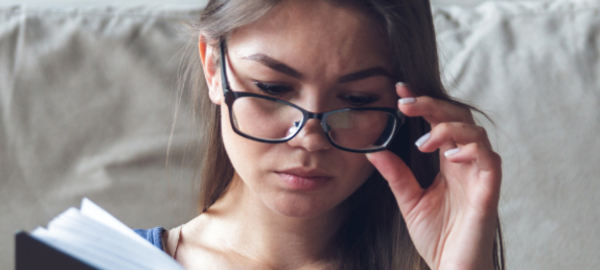
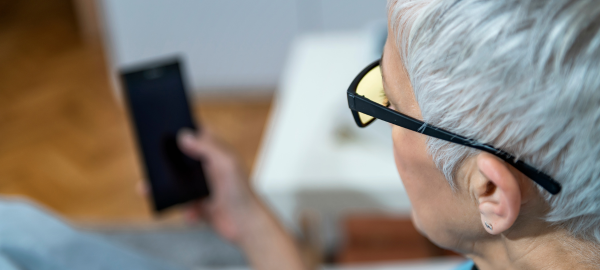
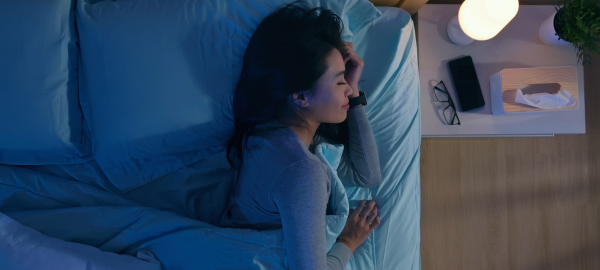
Related articles


















































